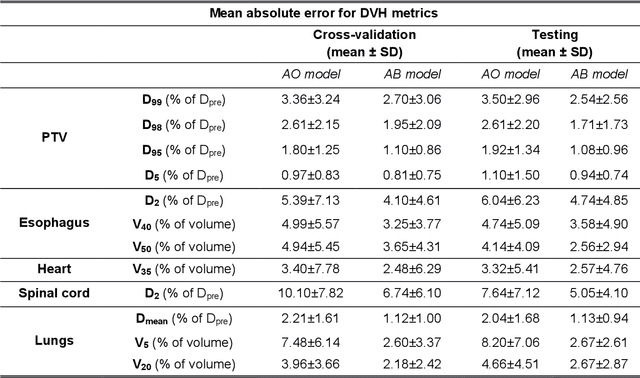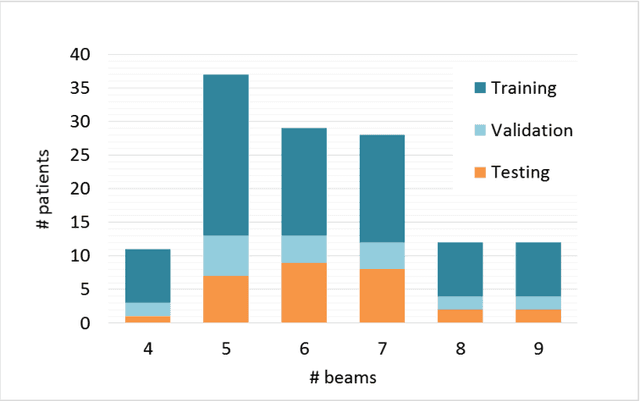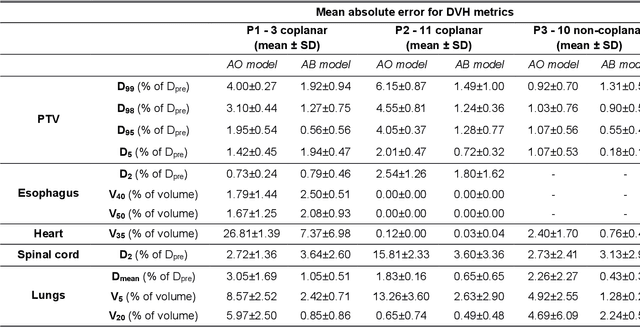Get our free extension to see links to code for papers anywhere online!Free add-on: code for papers everywhere!Free add-on: See code for papers anywhere!
Edmond Sterpin
Three-Dimensional Dose Prediction for Lung IMRT Patients with Deep Neural Networks: Robust Learning from Heterogeneous Beam Configurations
Dec 17, 2018Authors:Ana M. Barragan-Montero, Dan Nguyen, Weiguo Lu, Mu-Han Lin, Xavier Geets, Edmond Sterpin, Steve Jiang
Figures and Tables:







Abstract:The use of neural networks to directly predict three-dimensional dose distributions for automatic planning is becoming popular. However, the existing methods only use patient anatomy as input and assume consistent beam configuration for all patients in the training database. The purpose of this work is to develop a more general model that, in addition to patient anatomy, also considers variable beam configurations, to achieve a more comprehensive automatic planning with a potentially easier clinical implementation, without the need of training specific models for different beam settings.
Via
 Add to Chrome
Add to Chrome Add to Firefox
Add to Firefox Add to Edge
Add to Edge